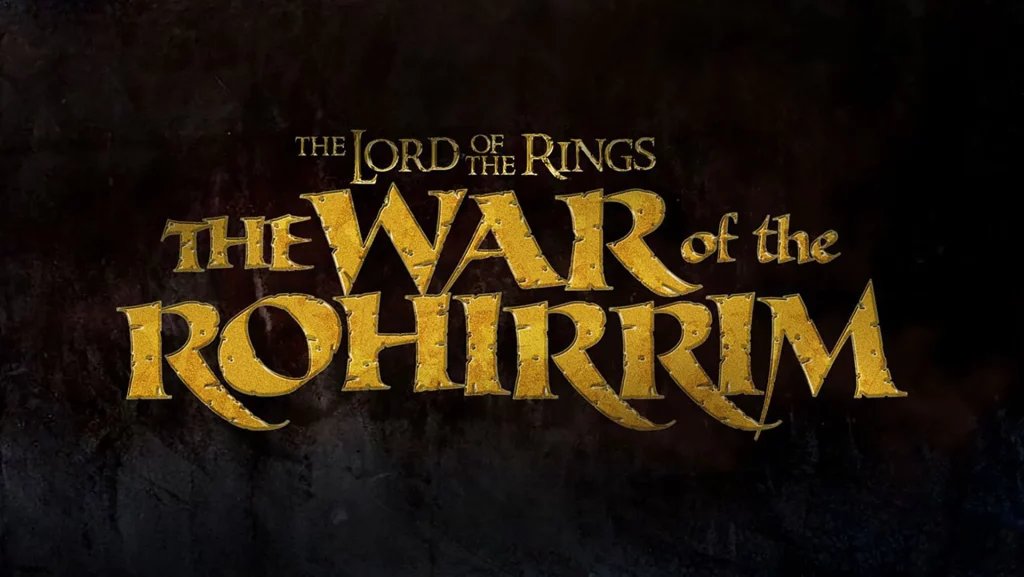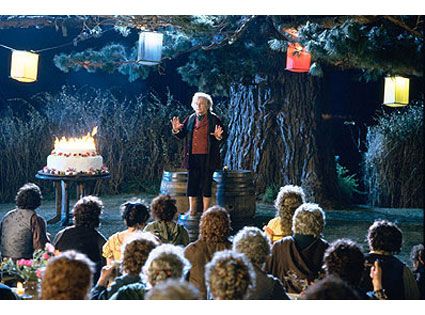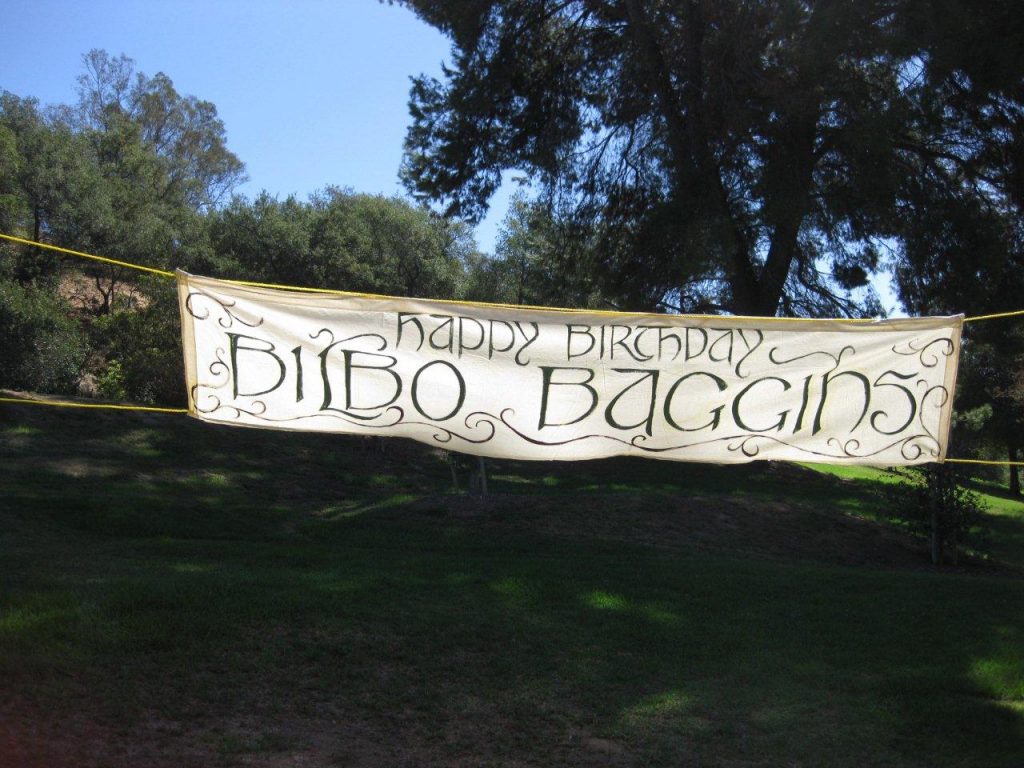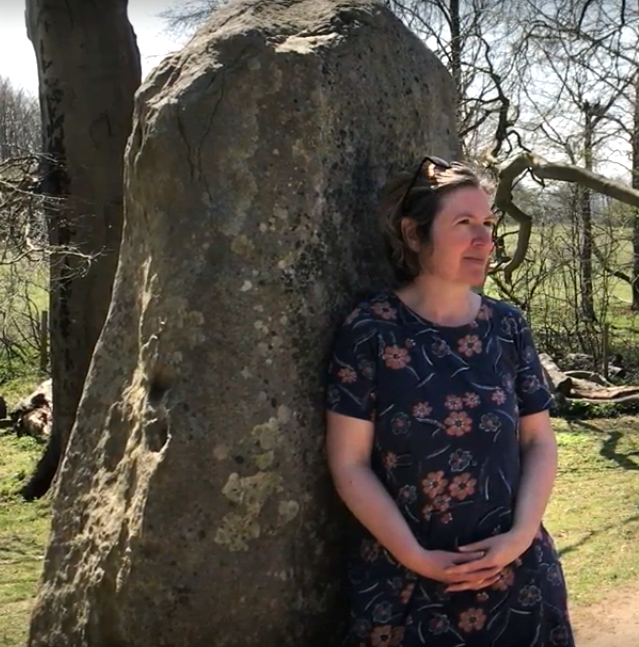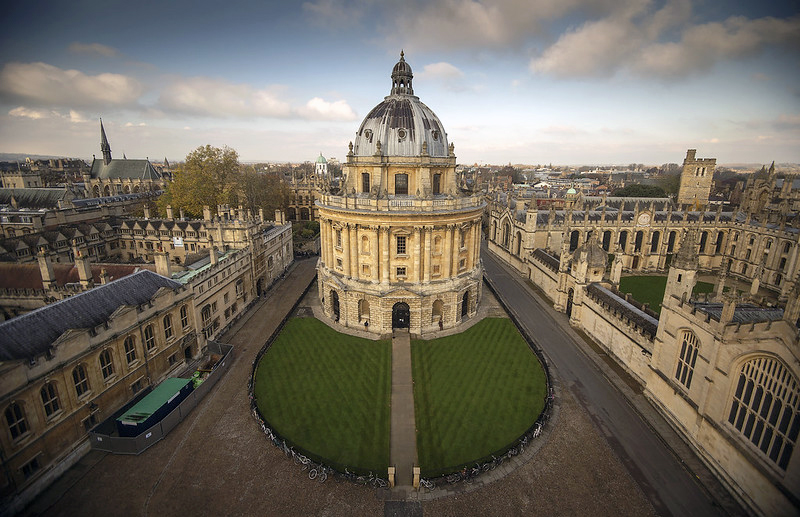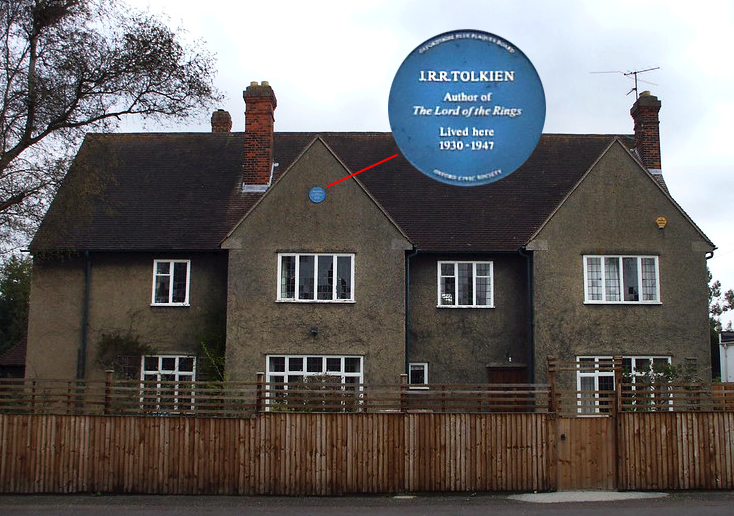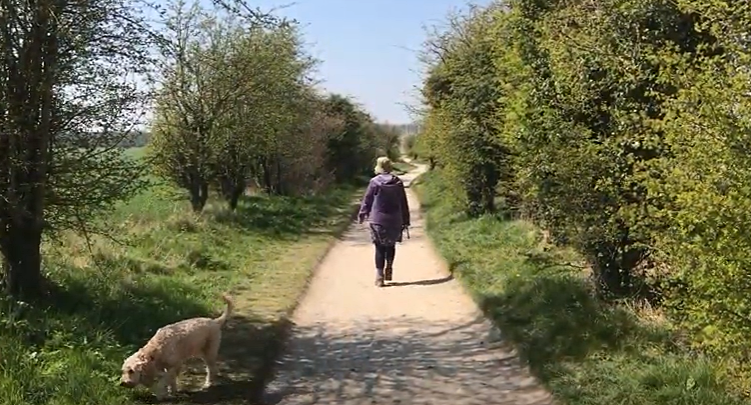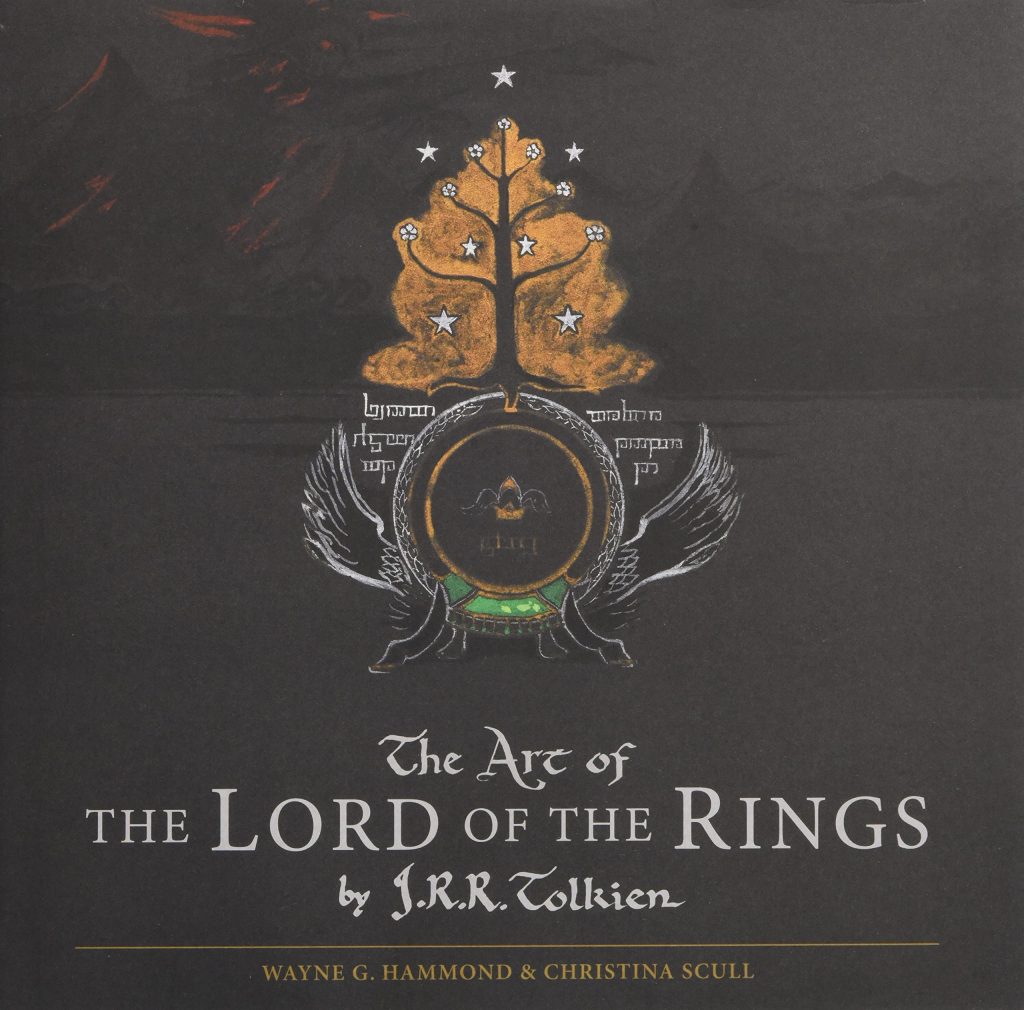There’s a particular letter in The Letters of J.R.R. Tolkien where Tolkien writes about his experience of dealing with a proposal from Forrest J. Ackerman to make an animated film of The Lord of the Rings.
Within that letter, there’s one revealing sentence.
Stanley U. &: I have agreed on our policy : Art or Cash. Either very profitable terms indeed ; or absolute author’s veto on objectionable [my emphasis] features or alterations.
Letter #202, The Letters of J.R.R. Tolkien.
The deal never happened, though Tolkien did subsequently sell film rights in 1969 to United Artists under the looming pressure of inheritance taxes.
These days, I suspect there’s no such pressure. More, the “Middle-earth universe” is seen as a proven starter for the world’s media companies. I think that has given Tolkien Estate leverage: the power to demand not just Cash, but Art as well.
In the context of the recent Vanity Fair feature, this explains not just the starting price for the Tolkien Estate’s rights auction a “gobsmacking” $200 million, but the documented demand for input into the direction of the series. In an early, seemingly unauthorised, interview, Tom Shippey described this “input” as a “veto power”.
It also says something about the power of Middle-earth that even with that eye-watering starting price and the attachment of certain pre-conditions, Netflix, HBO and Amazon all put their hand up and bid.
Still, even if Tolkien Estate was willing to put its foot down to get that capital-A Art, it was always going to take an equally ambitious (and well-resourced) studio to come through with the goods.
Despite Vanity Fair’s assurances (it’s pretty stunning that they’ve seen the first three episodes already), it’s too early for us ordinary punters to declare The Rings of Power a sure bet — in either the commercial sense, or the Art sense.
However, Vanity Fair’s first look under the bonnet shows there’s no lack of promise: the images are intriguing and suggestive, sets and costumes look suitably spectacular, and the production staff are making the right sort of noises about respecting the integrity of the source material.
But a show with the resources of The Rings of Power should (by default) have stunning production values and a real, lived-in feel. That’s just a given.
And it’s politic for showrunners to make the right noises (I would, too). The question is, can we identify instances of real substance to back those noises? Has the objectionable — as Tolkien might have seen it — been excised?
An Atlantis-like Númenor, the full glory of Khazad-dûm —- that vast dwarven metropolis carved out of the bones of the Misty Mountains, the puissance of the elven smith Celebrimbor, whose skills with metals and magic are crucial to the forging of the rings are all lore-friendly inclusions.
They’re also easy wins.
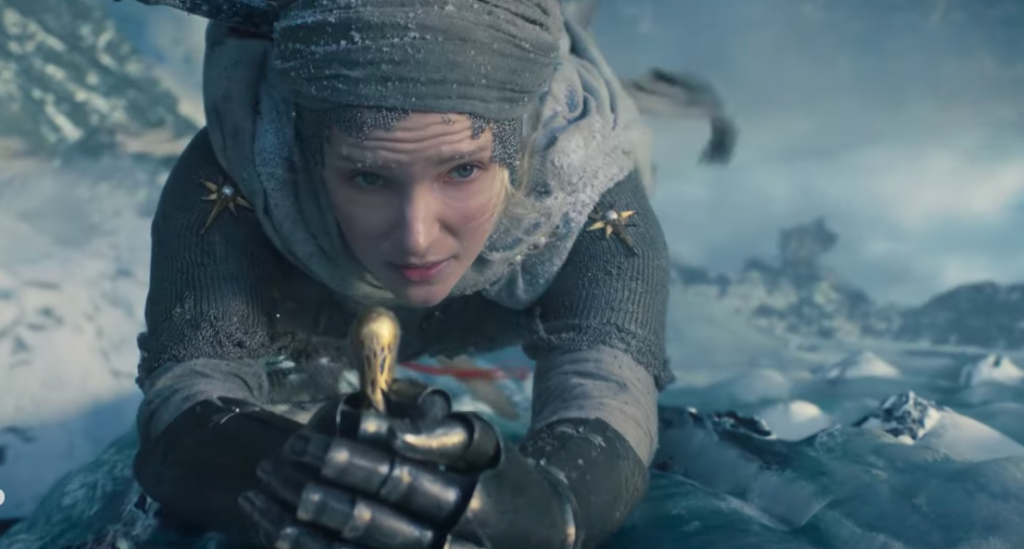
In a way, so too is the centrality of Galadriel.
Galadriel is a key player in the Second Age (fighting the long defeat, as she expresses in The Lord of the Rings). After the publication of that book, Tolkien increasingly came to view her as one of the most remarkable elves to play a role in Middle-earth’s history, and his later essays and notes paint her as an increasingly exceptional individual. She’s also incredibly peripatetic throughout the Second Age — wandering from Lindon, into Eriador and eventually south to Eregion, under the Misty Mountains to Lórien, back across to Imladris (Rivendell) and finally the south coasts of what would later become Gondor.
During all that, she’s a key participant in events. She joins Gil-galad to reject the approaches of Annatar, alternately collaborating and at loggerheads with Celebrimbor (and later advising him to hide Nenya, Vilya and Narya), before strengthening then-Lórinand (later Lórien). Unfinished Tales states that she views the dwarves of Khazad-dûm “with the eye of a commander”.
That bespeaks a driven individual — and this is something that the teasers from Vanity Fair support. I want to see lots of ambition from Galadriel — someone with just as much inner-belief and determination to make things happen as Fëanor, but with (even at the start of the Second Age) a touch more wisdom. I think you should too.
As showrunner McKay Patrick tells Vanity Fair: “This young hot-headed Galadriel… how did she ever become that elder stateswoman [who we meet in Lórien in The Lord of the Rings]?” The awareness of that difference is present; if the show is able to intelligently show this change, it will have taken a large step toward something that accords with J.R.R. Tolkien’s own musings.
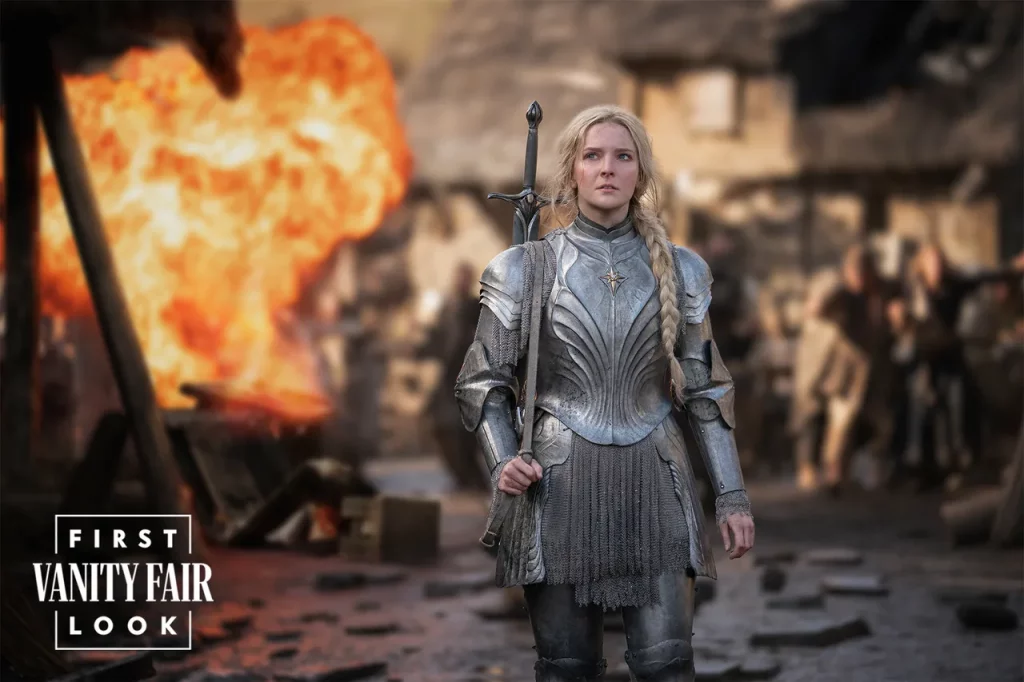
Reassuring also is the gradual emergence of the Second Age threat — one that’s recognised by some, but not by others. After all, up until the forging of the One, Sauron (as Annatar) uses the velvet glove, not the iron fist. Very late writings recently published in The Nature of Middle-earth even suggest that his minions mocked him behind his back for this.
Again, direct statements from the McKay seem to back this: “We didn’t want to do a villain-centric thing. We wanted it [the first season] to be about introducing these worlds and the peoples who dwell in them and the major heroes and characters.”
And what is potentially one of the most contentious decisions — to include Hobbits as “Harfoots” — accords somewhat with both Gandalf’s description of Gollum’s folk (yes, I know those are, more correctly, Stoors): “a clever-handed and quiet-footed little people.”
And a note in the prologue chapter of The Lord of the Rings, “Concerning Hobbits” details that “even in ancient days [Hobbits] were, as a rule, shy of ‘the Big Folk’, as they call us, and now they avoid us with dismay and are becoming hard to find … [and] they possessed from the first the art of disappearing swiftly and silently, when large folk whom they do not wish to meet come blundering by…”
Is this one decision Tolkien Estate has weighed in on? Regardless, much will hinge on the execution of the concept.
Set against the above is the compression of the timeline that the showrunners discuss. First, kudos to the production staff for being clear on this. In fact, it recalls Peter Jackson’s bald statements that his films would include no Scouring of the Shire — a very real cause of fan angst at the time. (I still think that writing decision undersold some of the character development of the four key hobbits, but, weighing in at 201 minutes, PJ’s The Return of the King is already very long.)
I get the fact that it’s probably really difficult for any television series to traverse a 2,500-year history in a way that is not choppy and disjointed, and remains compelling viewing. Being able to see characters such as, say, Isildur and Ar-Pharazôn across a span of 5 seasons allows a great deal more screentime (and thus development and insight) than would be possible in a couple of seasons. A strictly linear structure would introduce them only at near the very conclusion of the entire series.
Still, I would have liked (as many speculated before the Vanity Fair article came out) to have seen Amazon be really daring and attempt to run two split, simultaneous timelines — one leading up to the forging of the One (and Sauron’s defeat by the elves and Númenor’s fleet), and another focused on Akallabêth and, perhaps, the War of the Last Alliance (also culminating in Sauron’s defeat, this time by the elves and the Dúnedain of Arnor and Gondor).
Doubtless, it would be demanding on the audience. But if it worked, it would have been amazing.
It’s worth noting, though, that J.R.R. Tolkien in his appraisal of the Morton Grady Zimmerrnan’s 1958 script made specific reference to his displeasure with time contraction of events.
There he states that:
I fail to see why the time-scheme should be deliberately contracted. It is already rather packed in the original, the main action occurring between Sept. 22 and March 25 of the following year. The many impossibilities and absurdities which further hurrying produces might, I suppose, be unobserved by an uncritical viewer; but I do not see why they should be unnecessarily introduced.
Letter #210, The Letters of J.R.R. Tolkien
Does that make this particular contraction objectionable?
In Letter #210, Tolkien points out that he doesn’t want to see “his work treated as it would seem carelessly in general, in places recklessly, and with no evident signs of any appreciation of what it is all about.” He does not want the tone lowered “towards that of a more childish fairy-tale.” Lastly, he does not wish for deliberate alteration of the story, in fact and significance, without any practical or artistic object [my emphasis].”
At least, those are my key takeaways.
Now, one observes that if the time scheme of The Lord of the Rings is packed, the precis account of the Second Age in The Tale of Years is most certainly not.
Tolkien also notes in Letter #210 that he closely observed the passing of seasons in The Lord of the Rings. He suggests that such pictorial representations could be used to non-explicitly indicate the passage of time. Similar effects might be employed for The Rings of Power series. Maybe not the thousands we are familiar with from “The Tale of Years”, but certainly dozens — or even the 100 to 200 that might encompass the lifespan of a Dúnedain of Númenor, or a dwarf of Durin’s line.
How much time is being contracted? Vanity Fair is not precise: the writers say that events are compressed “into a single point in time.” That might mean a span of a generation.
Here is where it would have been fascinating to be a fly on the wall in the discussions between Amazon Studios and Tolkien Estate.
Finally, keep in mind J.R.R. Tolkien’s letter to Milton Waldman outlining his artistic vision:
I would draw some of the great tales in fullness, and leave many only placed in the scheme, and sketched. The cycles should be linked to a majestic whole, and yet leave scope for other minds and hands, wielding paint and music and drama. Absurd.
Letter #131. The Letters of J.R.R. Tolkien
Absurd. Yet, here we are.
With this in mind, I think there are promising signs that Tolkien Estate (and indeed, Amazon Studios) is seeking Art, not just Cash. Early shoots with the promise of beautiful spring, you might say.
But there’s still an awfully long way to go.
As Galadriel says in The Lord of the Rings: “hope remains while all the Company is true.” We’ll see in September how true this particular company has been.
About the author: Staffer Demosthenes has been involved with TheOneRing.net since 2001, serving first as an Associate News Editor, then as Chief News Editor during the making of the Hobbit films. Now he focuses on features and analysis. The opinions in this article are his own and do not necessarily represent those of TheOnering.net and other staff.



